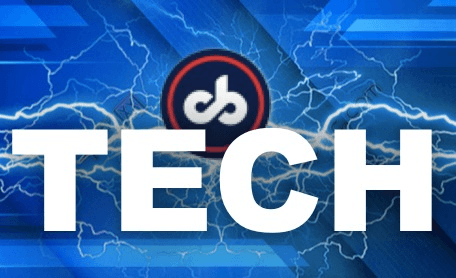
Rivian Automotive Inc CEO R.J. Scaringe needs to sell a lot more electric vans and pickup trucks to boost a beaten down stock price and fund his ambitious long-term growth plans, but the startup is having trouble buying the parts to build them. Scaringe can’t get all the semiconductors Rivian needs to accelerate the assembly lines at its factory in Normal, Illinois. Chip suppliers are skeptical of the young electric vehicle company’s capability to hit promised production numbers. They are instead allocating more chips to established customers based on the numbers of vehicles they have built in the past, Scaringe said during a tour of the plant.
“I have to call up semiconductor supplier Y and say this is how many Supplier X gave us, and get everybody comfortable because the system’s unproven,” Scaringe said while piloting a golf cart through the factory.
Scaringe thinks suppliers are holding back, wondering if Rivian is using semiconductor shortages as an excuse to cover up more serious production problems. “It’s really frustrating,” he said.
Rivian is not the only automaker caught in a supply chain twilight zone.
“There is certainly allocation” by chip suppliers, said Dan Hearsch, managing director in the automotive practice for consulting firm AlixPartners. Low volume manufacturers are up against skepticism – “are you guys for real?” – while larger players are willing and able to pay for a year’s worth of chips in one transaction, he said.

Rivian shares have fallen by 60% so far this year, and are down more than 70% from their peak of $179.47, reached shortly after the November 2021 initial public offering
Photo Credit: Reuters
“On the basis of volume, and reputation and consistency, they (larger automakers) are more attractive,” Hearsch said.
Rivian, which counts Amazon.com Inc and Ford Motor Co as major shareholders, has been slammed.
Rivian shares have fallen by 60% so far this year, and are down more than 70% from their peak of $179.47, reached shortly after the November 2021 initial public offering. Shares sank hard in March after Rivian cut the production forecast for 2022 in half to just 25,000 vehicles.
Rival Tesla Inc Chief Executive Elon Musk has taken jabs at Rivian, tweeting “I’d recommend they get their first plant working. It’s insanely difficult to reach volume production at affordable unit cost.”
Rising raw materials costs are adding pressure. In early March, Rivian tried to raise prices as much as 20% for vehicles already on order. Customers complained, the company reversed course, and Scaringe apologized.
Now a top priority for Scaringe and other Rivian executives is convincing supplier executives that the Normal plant and its workforce are ready to accelerate. As part of that effort, Rivian has opened the doors to its Normal factory for supplier executives and the media.
Rivian has almost completely remodeled and retooled the plant. Once owned by Japanese automaker Mitsubishi, its row of towering metal stamping presses now boom out large aluminum panels for the bodies of Rivian’s delivery vans and off-road electric trucks and SUVs.
Rivian operates two largely separate vehicle assembly systems inside the Normal factory. One is building two sizes of electric delivery vans for Amazon. The other builds Rivian’s R1 series electric pickup trucks and SUVs, which sell for $67,500 to $95,000. Before the price hike, the most expensive Rivian vehicle was priced at $83,000.
Rivian is now building and delivering R1 trucks and SUVs to customers, and assembling vans for Amazon to test. Bursts of production at the factory stop when parts run out, executives said. During the first quarter, Rivian assembled an average of about 40 vehicles per weekday — less than one hour’s output if the plant were running full speed.
“I’d love to run a full five-day shift,” Scaringe said. Rivian vehicles have about 2,000 parts, he said. “One half of one percent of those are challenged.”
Scaringe told Reuters more price increases are inevitable, and not just at Rivian, due to the combination of scarce parts and rising raw materials.
“We expect pricing to remain pressurized, where it will continue to increase over time,” he said. “We did a poor job of how we rolled that out last time, no doubt. But as we look at going forward we expect further price increases much like we’ve seen from essentially the entirety of the auto industry.”
Rivian had more than $18 billion in cash at the end of 2021, and Scaringe said the company will not need to raise more capital “in the immediate near term.” But the simultaneous production crunch and cost surge could delay when Rivian is able to turn gross margins and cash flow positive.
It needs to do that if it is to start self-funding its significant capital needs.
These include building a new assembly plant in Georgia for its planned R2 line of compact, more affordable trucks, and investments to secure more battery production. Rivian wants to manufacture its own battery cells, while also expanding its roster of battery suppliers.
“Long term, we envision a world where we will make some of our own cells, (and) we’ll purchase cells from great partnerships we have,” Scaringe said. “Those two are by no means mutually exclusive.”
0 Comments
(This story has not been edited by NDTV staff and is auto-generated from a syndicated feed.)
For the latest auto news and reviews, follow carandbike.com on Twitter, Facebook, and subscribe to our YouTube channel.